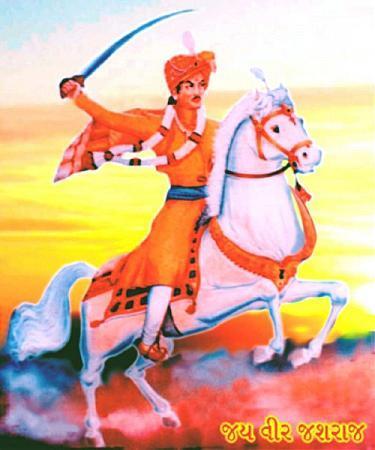The Beginnings of Shree Lohana Mahaparishad
The history behind the community
Ancient Origins
The Lohanas trace their roots in history right up to the advent of the Aryas in the Indian sub-continent (which then included today’s Afghanistan), making theirs the oldest surviving community in the world. According to Puranic (ancient Indian texts of lore and legends) sources, the Aryan civilization was established by King Ishaku (Ikshvaku) some two or three millennia before Christ (BC). His 63rd descendant was the great king Raghu, a great conqueror, who established the Rahguvansh Dynasty. Lohanas’ history begins with King Raghu, who belonged to the Suryavanshi lineage, so called because they worshiped the Sun.
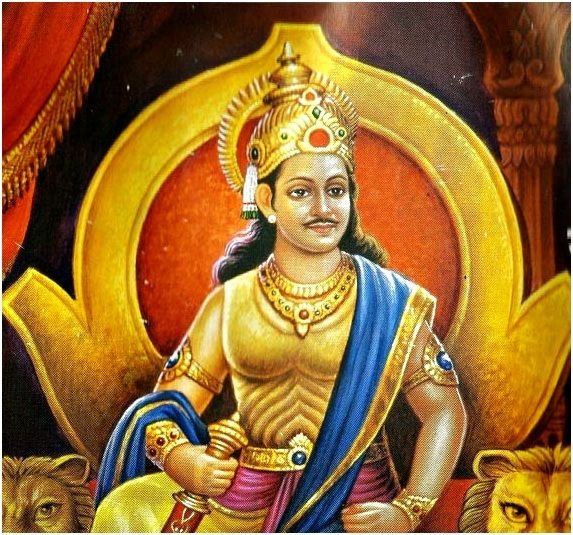
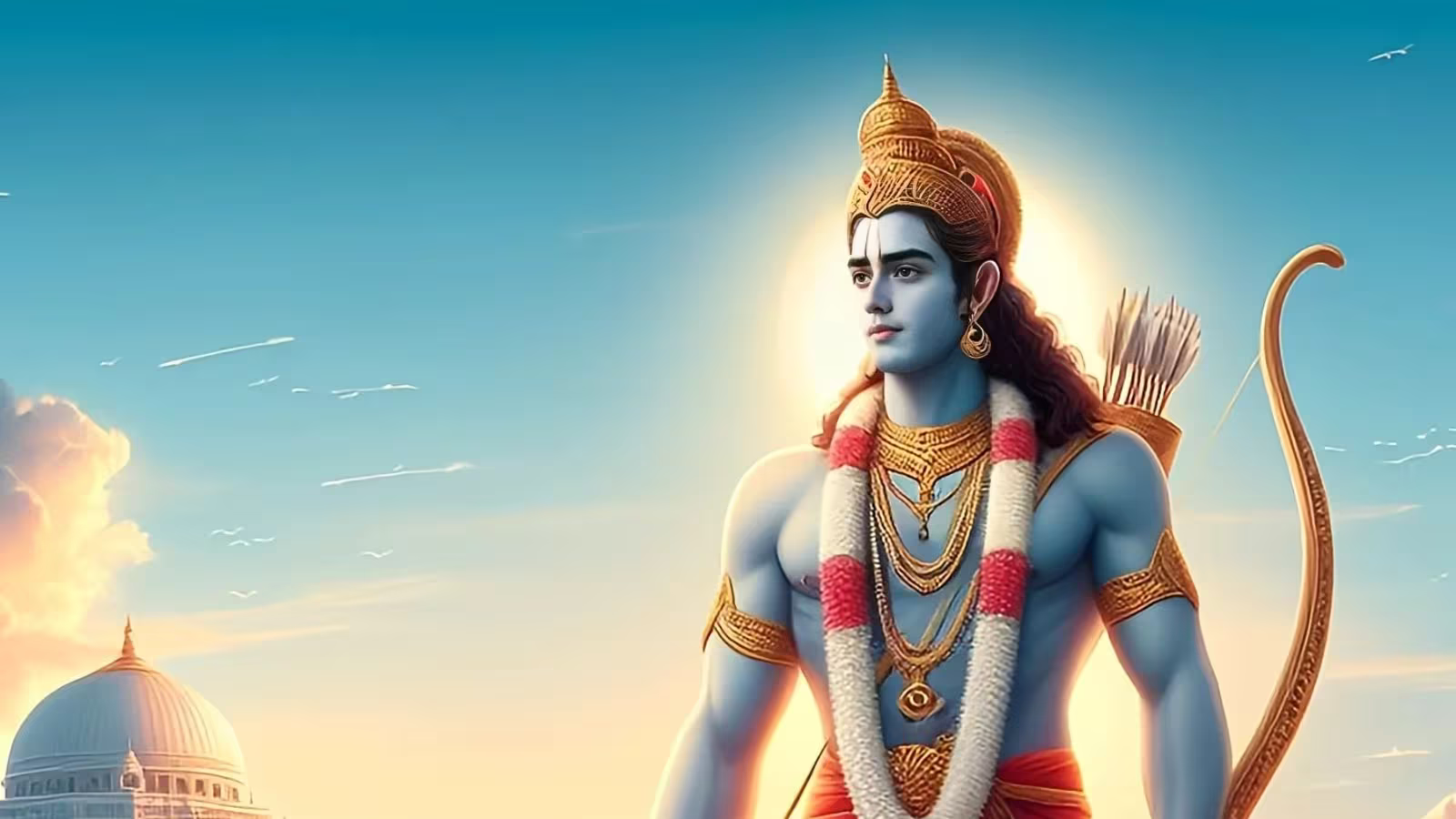
Ramayan Era
Raghu's grandson was King Dashratha of Ayodhya, who had four sons, with Rama being the oldest and the other three being Laxmana, Bharat, and Shatrughna. Rama is the hero of the Ramayana, which is ranked along with the Mahabharata as the greatest epics of the world and perhaps the oldest, too. Rama was considered an Avatar or God-incarnate of Lord Vishnu, the protector of the universe, according to Vedic or Hindu mythology. the community
Lord Rama divided his vast kingdom into eight parts, giving one each to his three brothers’ eight children. The elder of Ram’s two sons was Kush, who was given a land called Kaushal, which was in the Gangetic basin. His younger son Luv was given the northeast region of his kingdom, which came to be called Luvalka, or Luv’s land. Luv is portrayed as a brave warrior. In one of the episodes of the Ramayana, even though he is a mere boy in the hermitage, he brings the entire army of his father, Lord Rama (under the command of his uncle Laxman), to a standstill by his prowess at archery (of course along with his older brother Kush). His descendants too were cast in the same mold, but they were not satisfied with Luvalka and pushed to the west and annexed today’s Afghanistan and adjoining areas.
Lohanas as Kshatriyas
Around 580 BC., when King Bimbisara ruled over Bharat (India), society came to be divided into different communities based on their occupation. One of their communities was called Kshatriyas, and King Luv’s descendants were classified with them and came to be known as Luvanam, which was also referred to as Luvana. The Luvanas from Loharghat became known as Loharana (masters of swords), which later became Lohana.
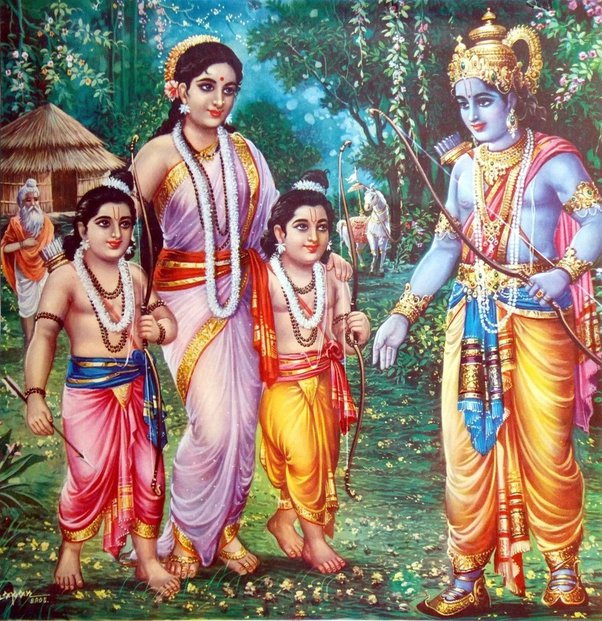
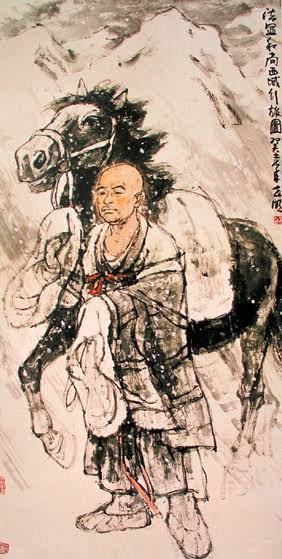
Praise from Travelers and Historians
Chinese traveler Fa-hien, who visited India between 414 and 399 B.C., calls Lohanas a brave community ruling the northwest territory of India in his diary. Another Chinese traveler, Kurmang, who came in the eleventh century A.D., speaks of a Lohana kingdom as a mighty power. Historian Burton writes that Lohanas were brave people and says they were spread over today’s Baluchistan (Pakistan), Afghanistan, and the eastern fringes of Central Asia. Col. Todd, who delved into the history of Rajasthan, describes Lohanas as the oldest Kshatriya community.
From Fa-hien downward, all pay tribute to the Lohanas as brave. A possible reason for the bravery is that they had placed themselves for centuries in the direct path of invaders from the northwest, like Persians, Macedonians, Huns, Mughals, etc. Ruling in Afghanistan for many centuries, they braved the onslaughts of invaders looking for converts in India.
Resistance against Invaders
From the 7th to the 11th centuries A.D., living on the small hills in the northwest, which saw hordes of Muslim invaders at the gates of India, the Lohanas fought bravely against these invaders. They held their ground for a long in the northwest but finally had to fall back and move initially to the Sindh province of today’s Pakistan.
Meanwhile, Prophet Mohammed established Islam. His followers spread out in different directions to preach his religion, and in due course, they turned towards India too. When these hordes reached the northwest, they had to contend with the brave Lohanas and were held back for many years. But finally they lost when one Kualnger of the Narsvat community (the Brahmins who performed rites for the Lohanas) betrayed Loharana King Chahir Ray. So Sindh fell to Muslims, and Lohanas disintegrated into small segments. But the saga of this brave community did not end there.
